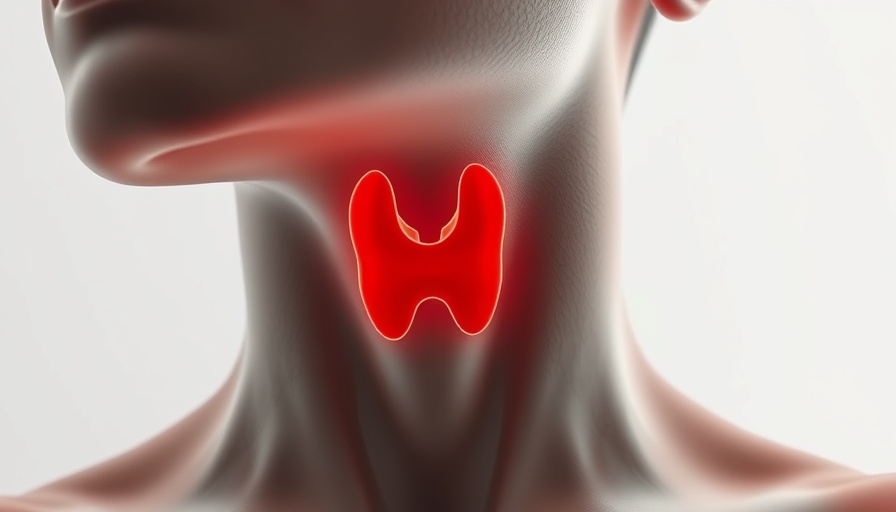
Understanding Iodine’s Role in Thyroid Health
For many individuals, the thyroid is an often-overlooked yet essential gland that plays a critical role in regulating metabolism, energy levels, and overall bodily functions. However, a growing number of health professionals are raising concerns about the iodine levels of vegetarians and how this can potentially impact thyroid health. Iodine is a key component in the production of thyroid hormones, and insufficient intake can lead to conditions such as hypothyroidism, which can leave you feeling fatigued and unmotivated—definitely not what fitness enthusiasts want.
The Vegetarian Diet: Good for You, But…
Adopting a vegetarian lifestyle can be a healthy choice, particularly for those looking to boost their vitality and improve overall health. Research indicates that a plant-based diet tends to be high in fiber, vitamins, and other beneficial nutrients, offering many heart and weight management benefits. But it also carries some risks, particularly regarding nutrient deficiencies if not approached thoughtfully. One of the nutrients at the forefront of this discussion is iodine.
Low Iodine Intake: What You Should Know
Many vegetarians may risk iodine deficiency primarily due to limited consumption of iodine-rich foods such as dairy, seafood, or iodized salt. A balanced diet might not provide enough iodine, affecting thyroid function. Studies suggest that around 15-50% of vegetarians could be at risk, which raises alarm bells for those in the fitness community who rely heavily on metabolic health.
Recognizing Symptoms of Thyroid Issues
Understanding how to spot potential thyroid issues is crucial, especially for men aged 35-55. Symptoms include fatigue, weight gain, depression, and a lack of energy—all factors that could hinder your performance in the gym or during athletic activities. If you notice these signs, it might be time to evaluate your diet and possibly adjust your iodine intake.
Food Choices That Can Help
Fortunately, you don’t need to abandon your vegetarian habits to maintain healthy iodine levels. Certain foods can help bridge the nutrient gap. Sea vegetables, such as seaweed, are packed with iodine and can easily be included in various dishes. Other alternatives include iodized salt, potatoes, and certain nuts. If you're a vegetarian looking to keep your thyroid in check, these items can play a vital role in your grocery list.
The Future of Thyroid Health for Vegetarians
Looking ahead, it’s essential for vegetarians to be proactive about their health. Consulting with a nutritionist can provide personalized insights into effective supplementation strategies and refined dietary choices. Monitoring iodine levels periodically might also be wise, especially as various dietary trends gain popularity. The goal should always be to empower your body with the nutrients it needs to thrive.
Your Next Steps for a Thriving Life
Men, especially in the middle-to-high-income brackets, should take their nutrition seriously. Proactively integrating iodine-rich foods while maintaining a balanced vegetarian diet can support both your thyroid health and your fitness goals. Why settle for merely feeling 'fine' when you can feel fantastic? Take charge of your health by being informed, making small adjustments, and eliminating deficiencies.
Conclusion: Your Health Matters
Prioritizing iodine in your diet doesn’t require a complete overhaul of your vegetarian lifestyle. Instead, it calls for small, mindful adjustments that can make a significant impact. Keep an eye on your nutritional intake, listen to your body, and consult with health professionals as needed. Your body—and your gym results—will thank you for it!
 Add Row
Add Row  Add
Add 




Write A Comment